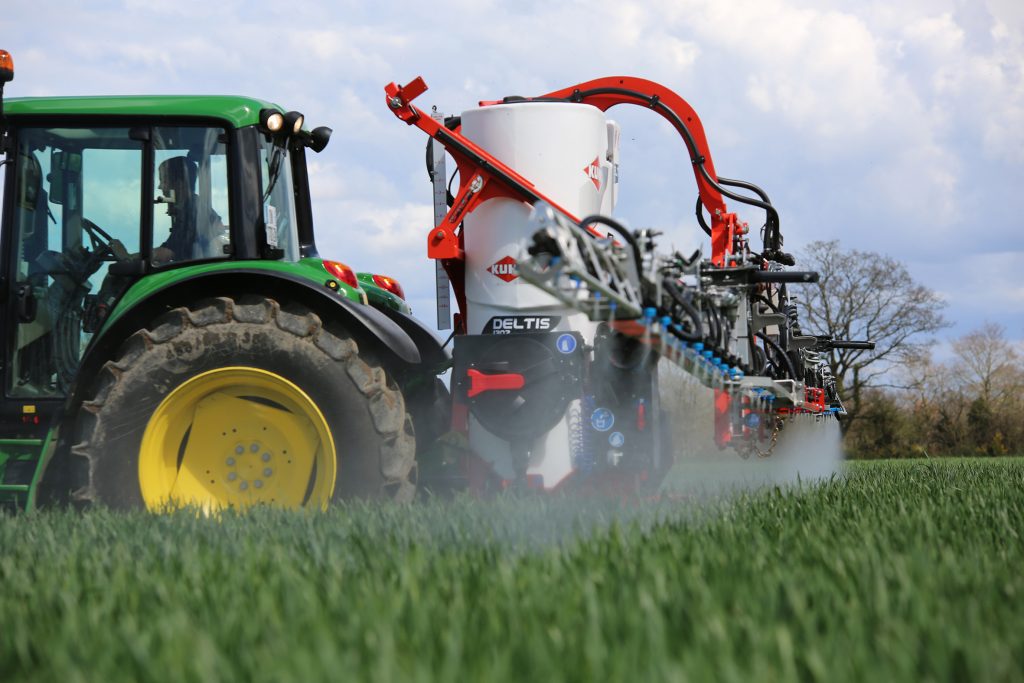Use T1 spray wisely to get wheat fungicide programmes back on track
13th April 2018
Wheat growers and agronomists should ensure as much as possible that their T1 spray timings are spot on this season after weeks of exceptionally wet weather forced some wheat growers
Wheat growers and agronomists should ensure as much as possible that their T1 spray timings are spot on this season after weeks of exceptionally wet weather forced some wheat growers to delay or even abandon their T0 applications.
James Waterhouse, BASF agronomy manager for central England, says it is critical that the T1 fungicide is timed at final leaf three emergence and not by calendar date, regardless of when or whether a T0 spray was applied.
“That advice doesn’t change with the seasons – the final three leaves contribute up to 80% of the yield and so need to be protected with fungicide,” says Mr Waterhouse.
In situations where T0 fungicides have been applied at the right time, it is important to bear in mind these would not have provided any protection to leaf three, so the reasoning for the T1 timing is obvious, he explains.
However, confusion can occur when a T0 is delayed. Although this results in a shortened time period between that spray and final leaf three emergence, it is important to not reduce T1 inputs or delay their application, says Mr Waterhouse.
“Even if the T0 spray is applied within a few days of the T1 timing, it will not protect the parts of leaf three yet to emerge. Delaying the T1 will leave the leaf dangerously exposed and will put the whole spray programme into a curative situation.”
Where the T0 was missed altogether, growers should not be tempted to go a few days early with a pseudo-T1 as they will end up in the same situation.
“It might be tempting to do this and perhaps use a T1.5 in an attempt to bridge the resulting wider interval to the flag leaf timing, but this will again leave leaf three at risk of infection.
“T1 applications to emerged leaf three should instead be made as soon as conditions permit.”
Although some crops in the south will be more forward, there is no need to panic as most crops (as of mid April) are yet to reach 50% leaf three emergence, with some later-sown or slower-developing varieties even further behind, says Mr Waterhouse.
“Septoria pressure is mounting and yellow rust is still present so a strong product choice as T1 is essential.
“In all the circumstances mentioned above, Adexar at 1.0 litre/ha with chlorothalonil provides an excellent product choice as it controls all the diseases that are likely to be present and gives confidence that high yield potential can be maintained.”
As yet, Mr Waterhouse sees no reason to increase the dose, given Adexar’s excellent protective and curative activity against Septoria and its reputation as one of the strongest products to control yellow rust.
However, due to the abnormally wet weather experienced in recent weeks, growth stages will vary widely across the country, says Mr Waterhouse.
“Growers are urged to check growth stages around the farm and make a decision on application rate depending on variety, timing and disease pressure.”

